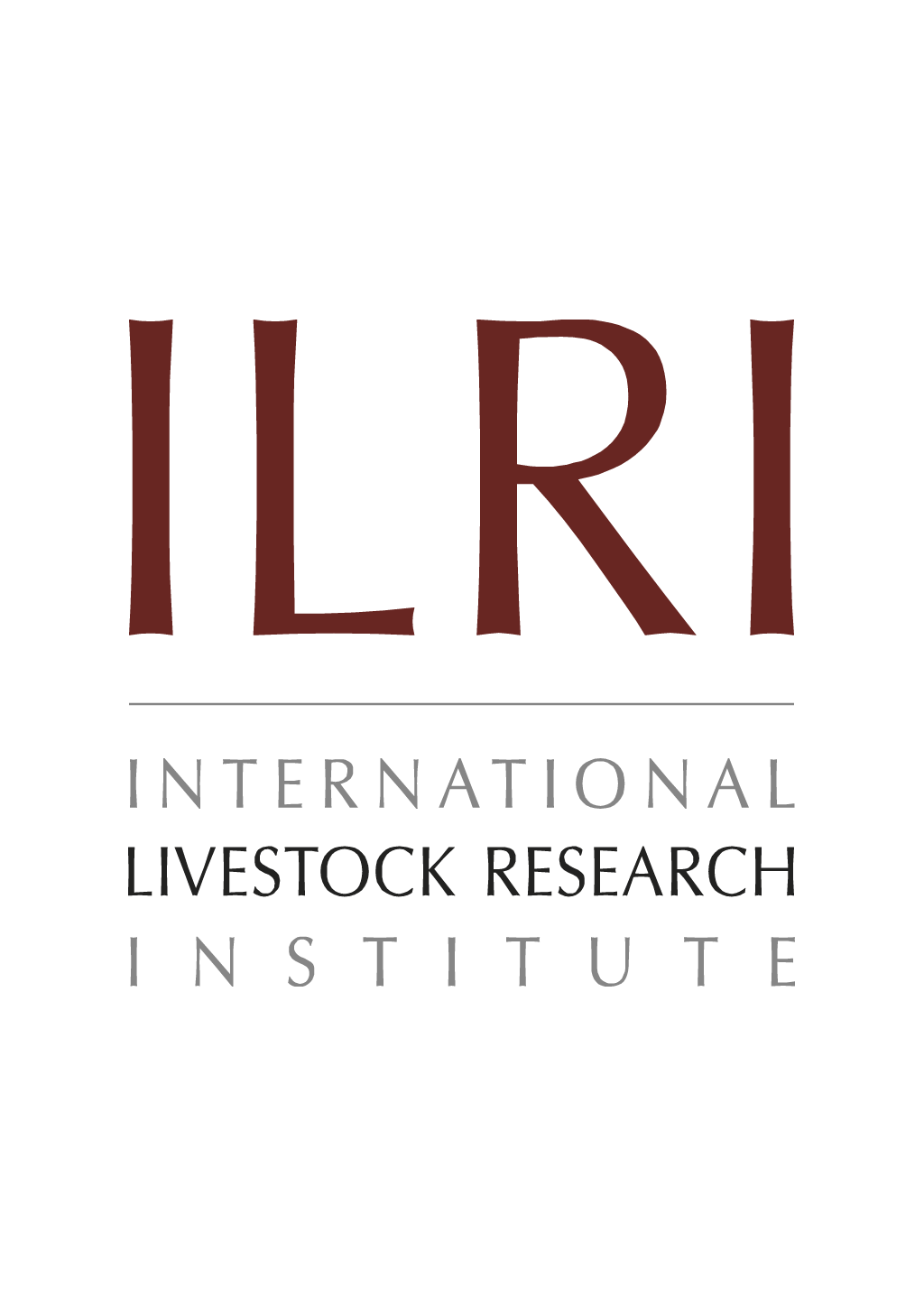
Demand, supply and willingness-to-pay for extension services in an emerging-market setting
Abstract
Although it may be wholly inappropriate to generalize, the most important resource available to a subsistence household is the total amount of time that its members have available to spend in productive enterprises. In this context, services that minimize the time that it takes to perform productive activities are valuable to the household. Consequently the household is willing to relinquish quantities of other resources in exchange for quantities of the time-saving service. These simple observations motivate a search for the values that subsistence households place on time-saving services. This search is especially important when it is realized that extension services promote productivity, enhance the surplus-generating potential of the household and can, as a consequence, promote immersion into markets that are currently constrained by thinness and instability. In this capacity, extension visitation has the potential to overcome one of the principal impediments to economic development, namely lack of density of market participation. In this article, we consider this issue in the context of a rich data set on milk-market participation by small-holder dairy producers in the Ethiopian highlands (Nicholson). Previous work with the data (Holloway et al.) suggests that extension visitation is a potentially important catalyst for market expansion. Consequently, a number of important questions arise concerning the actual impacts of extension on participating and non-participating households; the amount that extension-requesting households would be willing to pay for the service if it was privatized; the corresponding demand schedule for extension services; and the requisite conditions for the existence of a private market for the service. These questions are central to the development of markets, to the issues raised in this session and are answered in this paper in the context of our Ethiopian data.
Citation
American Journal of Agricultural Economics;83(3): 764-768




